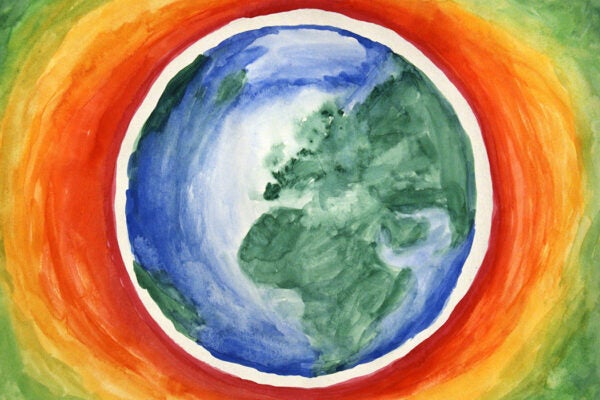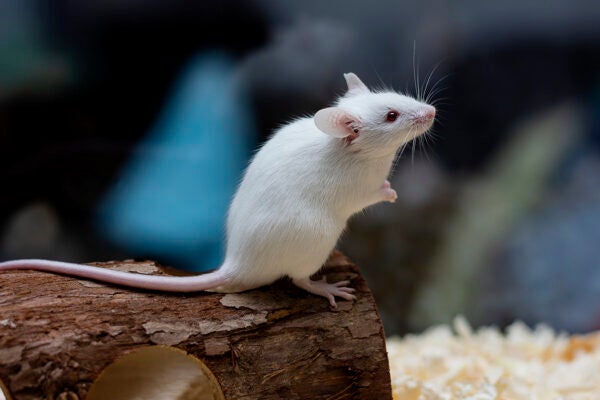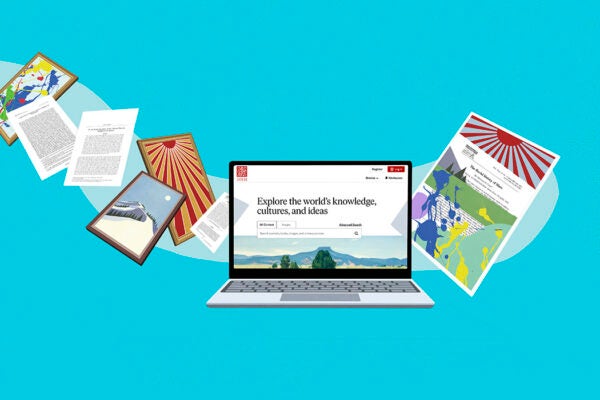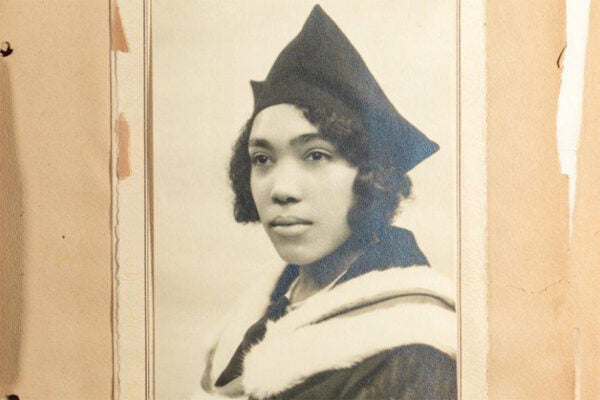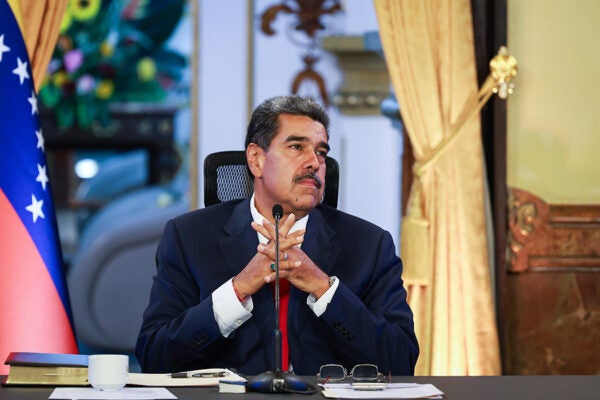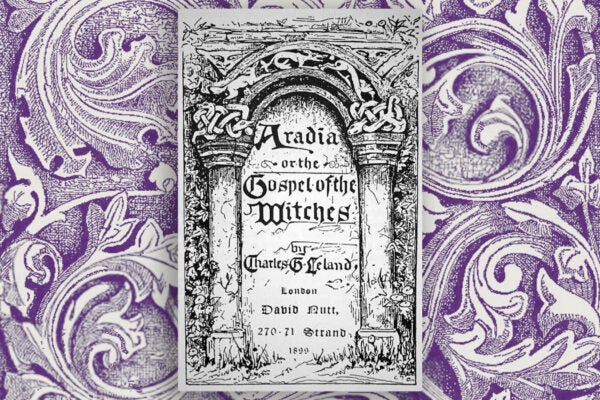On Earth Day
Celebrate Earth Day with stories from JSTOR Daily.
Margaret Geoga on the Ambiguities of Ancient Texts
An interview with Margaret Geoga, an Egyptologist who examines “wisdom instructions” to see how their interpretation differs between readers and over time.
Lab Mice, Psychosurgery, and Alien Life
Well-researched stories from Undark, Aeon, and other great publications that bridge the gap between news and scholarship.
Tips from a Librarian on Using JSTOR for Research
Follow these first steps toward success with your new research project.
The Trailblazing Merze Tate
A celebrated historian of race and imperialism, Tate was an intrepid traveler who avidly shared her passion and meticulously documented her journeys.
Democratic Backsliding
Political scientist Javier Corrales uses Venezuela as a case-study of democratic backsliding that’s been initiated by the winner of an election, not the loser.
Being Trans in India
Trans women are organizing to fight discrimination and oppression. Trans men face different problems because they’re often not recognized at all.
Grappling with Equatorial Guinea
A brief history of Africa’s most brutal dictator and what his legacy means for Equatorial Guinea today.
The Legends of Charles G. Leland’s Aradia
Leland’s interest in magic and folklore led him to northern Italy in search of remnants of “the old religion” of witchcraft.
Toxic? But It Has a Leaf on the Label!
Is it possible to produce common household products that are sustainable and safe?
